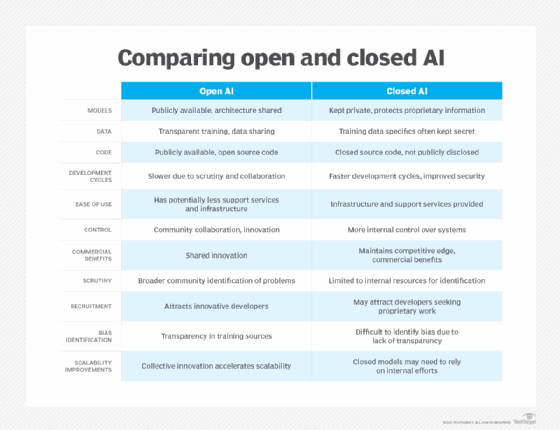White House on Open Source AI: keep your hands off regulators ...
Regulators around the world, including the UK’s CMA, have expressed concerns that AI markets could potentially be dominated by a small number of vertically integrated firms globally. However, the impact of open source AI may have been underestimated.
President Biden’s Executive Order on Safe, Secure, and Trustworthy Artificial Intelligence (AI Executive Order) mandated the US National Telecommunications and Information Administration (NTIA) to assess large AI models with widely available weights (open source) and formulate policy recommendations to maximize the benefits while managing the risks. On 30 July 2024, the NTIA published its report, taking a cautious yet optimistic stance on the benefits of open source AI over the risks. The report highlights the promotion of innovation, prevention of algorithmic monoculture emergence, and advocates for an evidence-based regulatory approach towards AI models.
The Impact of Model Weights
An AI model translates an input (e.g., user prompt) into an output by applying numerical parameters known as the model's weights. These weights are determined during the model's training phase using various examples. Developers can either keep these weights proprietary (closed models) or release them to the public (open models). Access to weights alone is not sufficient for DIY projects; other factors such as model architecture, training processes, data types, and task complexity also play vital roles.

Benefits and Risks of Open Source AI
When developers make a model's weights widely available, openness can vary, ranging from public access to vetted researchers only. There's a fine line between open source and closed source models, with the possibility of providing transparency through model cards and data sheets. The NTIA emphasizes the importance of identifying the additional risks and benefits of open source AI compared to non-open foundation models.
Concerns and Nuances
The NTIA acknowledges potential risks posed by dual-use foundation models with widely available weights, such as exacerbating threats to public safety by enabling malicious users to manipulate models. However, it's uncertain how significant the marginal risks of open source models actually are in practice.

Competition and Regulation
The NTIA recognizes the inherent competition risks in AI technology but believes that open source models could disrupt the dominance of a few companies by fostering competition in downstream markets. The report also discusses potential impacts on AI competition, technological ecosystems, and global norms, emphasizing the need for a balanced regulatory approach.
For more information, you can read the full NTIA Supports Open Models to Promote AI Innovation.




















